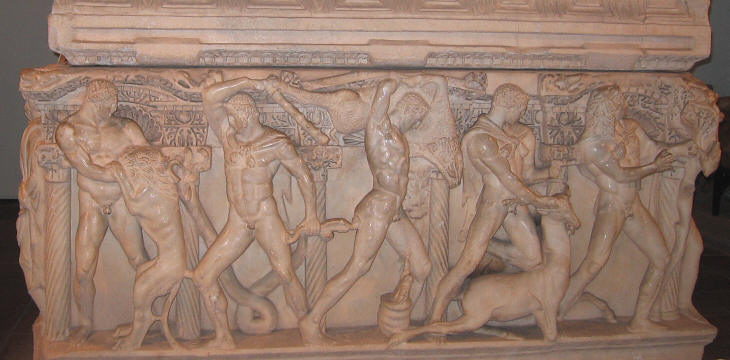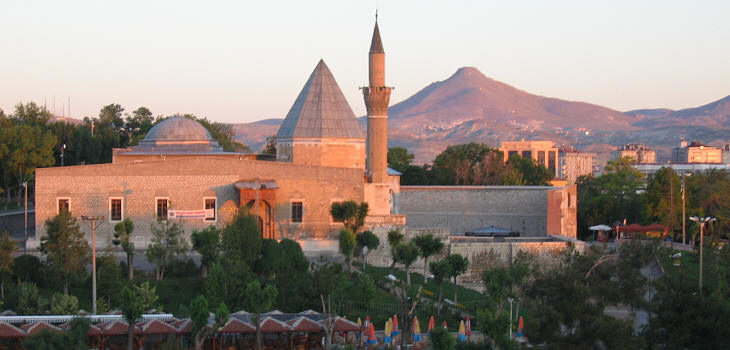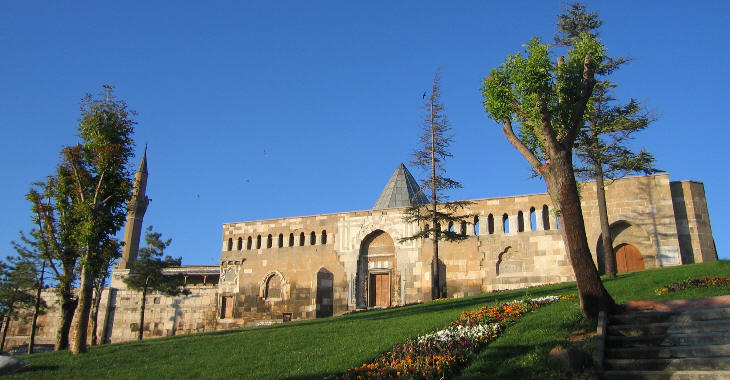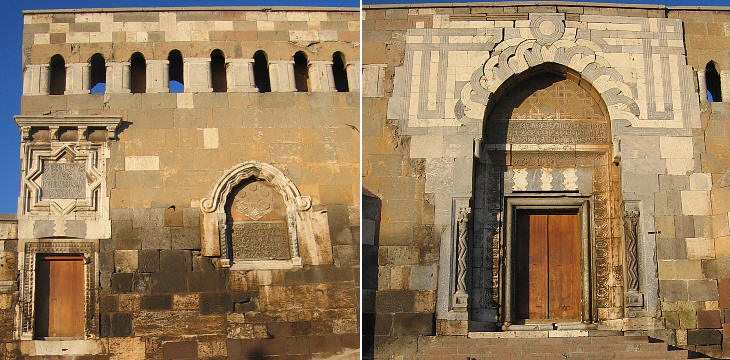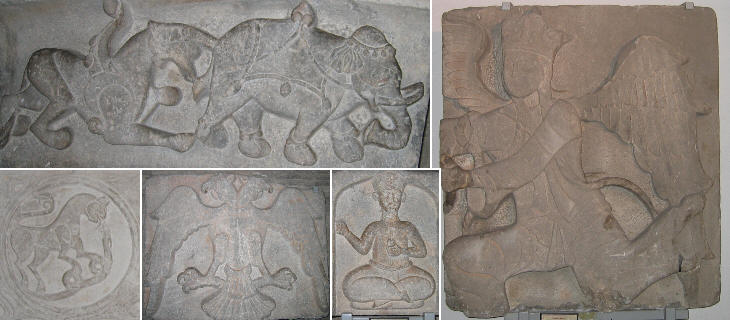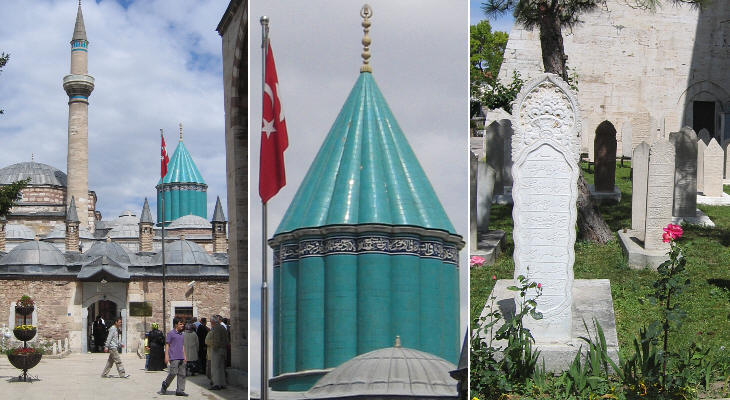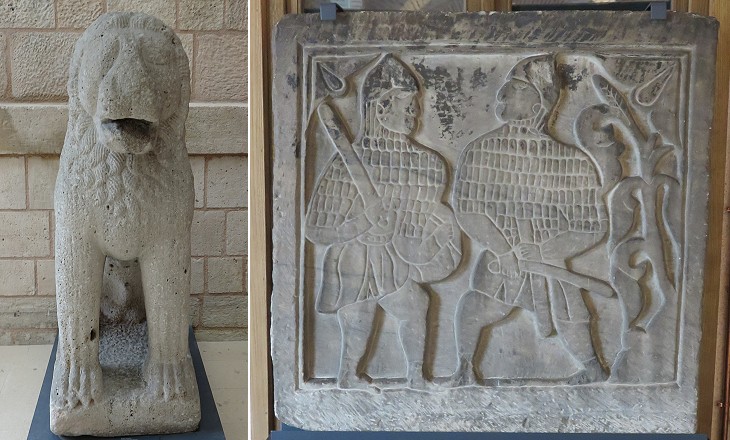  What's New! Detailed Sitemap All images © by Roberto Piperno, owner of the domain. Write to romapip@quipo.it. Text edited by Rosamie Moore. Page added in July 2008. |
 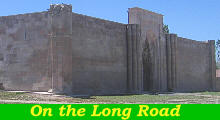 - Konya - page one - Konya - page one(Sultanhan) The ancient town of Iconium was located along the trade route which linked the ports on the Aegean Sea to Persia and Syria. During the Roman rule its name was changed to Claudioconium in honour of Emperor Claudius and later on to Colonia Aelia Hadriana in honour of Emperor Hadrian, but these names did not last.
Memories of the Roman period are less frequent in the Anatolian plateau than on the Aegean/Mediterranean coast. Ankara and Aizani retain some interesting monuments, but in other towns of the plateau one must go to the archaeological museum to find Roman works of art. In that of Konya there is an extraordinary sarcophagus portraying Hercules' labours. It is included in a class of sarcophagi named after Sidamara, an ancient town near Karaman. In these sarcophagi the reliefs are placed inside niches and are separated by columns. However in that shown above one is impressed more by the show of vital force communicated by Hercules' naked body, than by the architectural details. The person who commissioned it wanted his final location to be a monument to life, rather than a reminder of death.
The importance of the town grew when the Seljuks made it the capital of the Sultanate of Rum, which included most of western and central Anatolia. In 1134 Iconium was renamed Konya. Sultan Alaeddin Kayqubad bin Kaykaus (who ruled the country between 1220 and 1237) fortified the town and built a palace and a large mosque on the hill at its centre.
Sultan Alaeddin Kayqubad expanded the Sultanate to the east well beyond Sivas and to the north towards the Black Sea, where he fell short of conquering Trebizond. He controlled part of the Mediterranean coast where he strengthened the fortifications of Alaye (Alanya), which became his winter residence.
Sultan Alaeddin Kayqubad built a wall which surrounded his mosque and two existing turbe (mausoleums): that built by Sultan Kilij Arslan II, who ruled from 1156 to 1192, contains the tombs of many sultans and is still the object of devotion. The other one was built by Sultan Kaykaus I (1211-20) but it was not finished. It is called Adsiz Turbe (mausoleum of the unknown) because the memory of the names of those buried within has been lost. Kilij Arslan II Turbe is a typical example of a Seljuk kumbet, a tomb with a high conical/pyramidal roof. Kumbets can be found in all the towns which belonged to the Sultanate of Rum.
The decorated entrance to the mosque/turbe complex faced the palace where the sultans of Konya had their residence. This building with the exception of a short wall is entirely lost. The whole hill which was the citadel of Konya is now a public garden and Alaeddin Camii is surrounded by cay bahcesi (tea gardens).
The Sultans of Konya avoided the depiction of living beings in mosques and other religious buildings, but they decorated their palaces with many reliefs portraying human beings and animals. They adopted the double-headed eagle of the Byzantine Emperors as their own symbol (it is now the symbol of the City of Konya). They often used a lion as their military coat of arms (see for example the banner of the Mentese Emirs at Becin Kalesi). While some reliefs have a clear Byzantine origin, others show an Indian influence (through Persian art).
Konya's most famous monument is the Yesil Turbe (green mausoleum) where Mevlana Jalal-ad-Din Muhammad was laid to rest. He was the founder of the Mevlevi Order, known as the Whirling Dervishes. He was born in the eastern part of Persia, in Afghanistan or Tajikistan. His father moved to Anatolia and settled in Karaman until in 1228 Sultan Alaeddin Kayqubad invited him to become the head of a medrese in Konya. Mevlana inherited his position; because he lived in Konya, the capital of the Sultanate of Rum, he became known as Rumi and today in the western world he is usually referred to by this name. The mausoleum is part of a large complex of buildings of the Ottoman period.
Move to page two. Clickable Map of Turkey showing all the locations covered in this website (opens in another window).   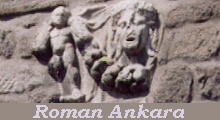 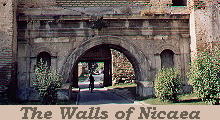 |
